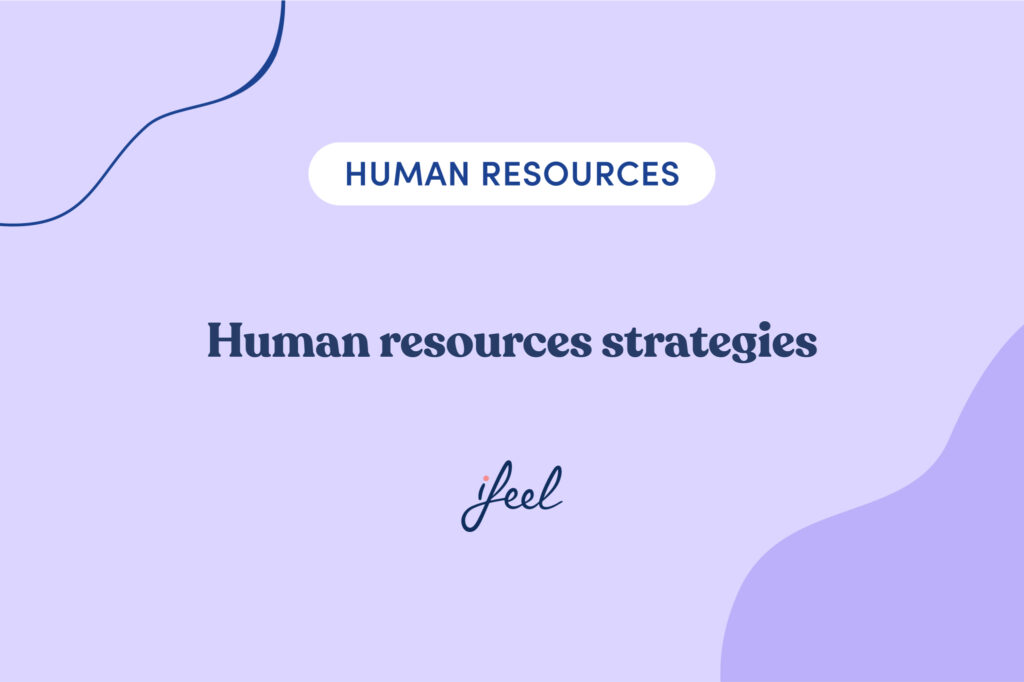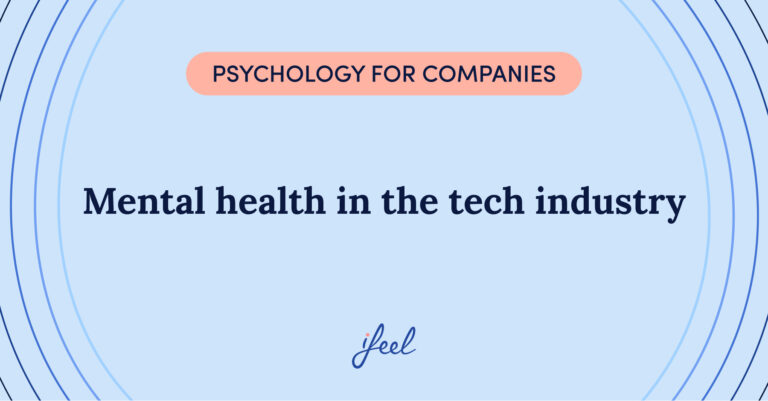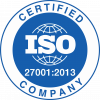The success and sustainability of a large enterprise depends not only on its business model or its products but also, to a large extent, on how it manages its most valuable asset: its people.
In this sense, human resources (HR) departments play an essential role by going beyond simple personnel management and taking responsibility for designing strategies that attract, develop, and retain the talent needed to drive the organisation’s growth. In addition, their work is fundamental to creating a work environment that prioritizes well-being, stimulates productivity, and fosters constant innovation.
Therefore, implementing human resources strategies is critical to sustaining and strengthening the organisation. In this article, you will find practical exercises designed to apply these concepts in your enterprise, facilitating the overcoming of daily challenges and optimising the strategic management of your human resources team.
Additionally, and to help you in this process, at ifeel, we have created this First Aid Kit for HR managers, which provides you with key tools to face critical situations in the work environment. Download it for free here.
Why is it important to implement human resources strategies in enterprises?
Human resources departments are the heart of all operations. That’s why, for leaders, learning how to implement clear and effective human resources strategies will benefit employees and directly impact business results.
| Benefits of implementing human resources strategies | Description |
|---|---|
| Ensure well-being and productivity | Well-designed human resources strategies create a healthy work environment where employees feel valued, motivated, and engaged, reducing absenteeism and burnout. |
| Retaining key talent | Strategic management ensures employees feel satisfied and recognised, increasing retention and reducing turnover costs. |
| Foster innovation and adaptability | A diverse and well-managed team generates innovative ideas and adapts to market changes, helping enterprises stay ahead of the curve. |
| Contributing to the achievement of organisational goals | Aligning human resources strategies with enterprise objectives ensures synergy among departments, driving sustainable growth and competitiveness. |
| Enhancing corporate reputation | HR policies prioritising well-being, diversity, and sustainability reinforce brand image, attracting talent and business opportunities. |
All these benefits show us that implementing these strategies is not only an operational issue but a key investment for the long-term success of any large enterprise.
How do we implement human resources strategies in enterprises?
Implementing human resources strategies in large enterprises can seem a complex challenge due to their size and diversity. However, with a structured and well-planned approach, aligning business objectives with the workforce’s needs is possible, creating a productive, innovative, and sustainable working environment. Below, we explore the key steps to achieve this.
1. Initial diagnosis: Knowing the current state of play
Before implementing any strategy, it is essential to assess the current situation of the team and the policies in place. To do this, you can conduct internal audits to identify strengths, weaknesses, opportunities, and threats in HR management.
Practical exercise:
- Team self-assessment: Conduct a simple test based on the scenarios described in our ‘First aid kit for HR managers’. For example, ask managers if they feel prepared to handle internal conflicts or communicate bad news.
Once you have all the answers, analyse and compare them to identify areas for improvement.
2. Define clear objectives that are aligned with the business vision.
Any strategy must be aligned with the values and objectives of the enterprise. In enterprises, the diversity of departments and functions requires structured planning. To achieve this:
- Define SMART goals (specific, measurable, achievable, relevant and time-bound).
- Involve leaders at different levels to ensure comprehensive implementation.
The Leadership Lens🔎
Implementing human resources strategies in enterprises requires visionary and strategic leadership. Leaders must be catalysts for change, promoting a work culture that values innovation and adaptability.
To ensure success, it is crucial that leaders align HR strategies with overall business objectives, ensuring that each initiative drives growth and performance. In addition, they must foster an environment of open communication, where the team’s ideas and concerns are heard and considered.
3. Promote talent retention and development
Staff turnover can be particularly problematic in enterprises. As such, part of human resources strategies should be geared towards implementing training and development programmes, as this reduces attrition rates and encourages employee engagement.
Practical exercise:
- Mock exit interviews: Organise mock exit interviews with your teams. This will identify patterns and areas for improvement in the employee experience.
4. Managing conflict constructively
Conflicts are inevitable, especially in large teams. However, managing them properly can strengthen the team rather than divide it.
Practical exercise:
- Simulated case resolution: present common conflict scenarios and have participants work as a team to find constructive solutions.
5. Promote well-being and mental health at work.
Employee well-being is crucial to their productivity and job satisfaction. Creating an environment that prioritises mental health can make a difference to the overall performance of the enterprise. To achieve this, you can follow some of the following recommendations:
- Make schedules flexible where possible.
- Offer enterprise mental health workshops or webinars on stress management and mental well-being.
- Implement a personalised action plan for employees in crisis.
“Take care of the caregiver. That’s the key. Hyatt advocates for guest care, and it can’t be any other way. We have to take care of our employees, our employees have to feel safe and there is no safety without mental health.”
Mariana Brandão, Leader of Colleague Experience at Grand Hyatt Barcelona, an ifeel partner company.
6. Optimising recruitment processes
Filling specific vacancies in enterprises can be a challenge. To optimise this process, we recommend relying on technological tools such as artificial intelligence and specialised recruitment platforms, which can streamline the process.

Unlocking the potential of teams
At ifeel, we know that implementing successful human resources strategies in enterprises requires planning, communication and a people-centred approach.
To support companies in this process, our team of expert workplace well-being psychologists has created a mental well-being solution for businesses that improves talent retention, reduces presenteeism, and combats employee stress.
With our mental well-being solution, your company’s HR managers can receive personalised, data-driven advice on improving mental health at work. In addition, this solution offers employees a 360° mental well-being service structured at different levels according to their needs. Try our solution now to see how it could help you.
We hope you found this article on human resources strategies interesting. If you would like more information about our mental well-being solution for enterprises, simply request it and we will get in touch with your team as soon as possible.











